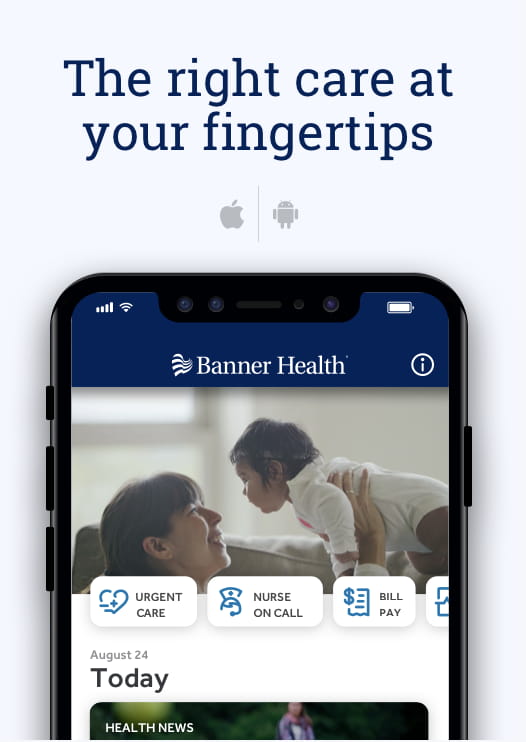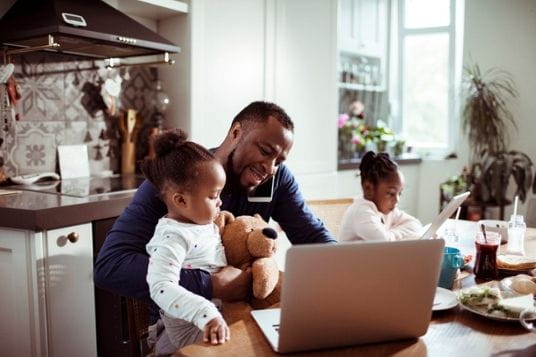Welcoming a new baby is a wonderful experience, but the endless baby books and websites dedicated to keeping your little one safe can often make the preparations feel a little overwhelming. We know babyproofing can be a stressful process for new parents, so we asked registered nurse Tracey Fejt, the trauma outreach and injury prevention coordinator at Banner Children’s at Desert in Mesa, AZ, to share the top tips in each area of the home.
While babyproofing might not be on your list yet, “the best time to babyproof a house is while you are pregnant,” Fejt said, “because you can be proactive, not reactive. Get down at a child’s level and see what they could get into once they start crawling.”
The steps below should give you a head start on babyproofing but, remember that this will be an ongoing process based on your child’s milestones. Be sure to contact your pediatrician if you have any specific questions or concerns.
Bedrooms
“Unsafe sleep environments are very dangerous,” said Fejt. “In Arizona alone, we had 38 sudden unexplained infant deaths (SUID) from sleep suffocation in 2018.” SUID can occur suddenly and unexpectedly, even in otherwise healthy children. While we can’t predict when, or if, it will occur, implementing safe sleep practices can help prevent SUID.
Babyproofing tips for bedrooms:
- Remove toys and blankets from the crib
- Don’t allow babies to sleep in car seats, bouncers, swings, or other sitting devices
- Ensure the changing table has three high sides and a safety strap if possible
- Add window guards to windows
- Place the crib away from hanging items that could fall
Living Room or Den
“Secure any furniture that can tip over on a child,” explained Fejt. “Children become little superheroes once they start to crawl. They will be crawling up everything and using furniture to brace themselves when trying to walk, which could cause unsecured furniture to topple.”
Babyproofing tips for the living room or den:
- Attach large furniture to the walls and secure televisions and other large items to prevent toppling
- Cover any sharp corners on items like coffee tables, side tables, or fireplaces
- Ensure hanging items, such as power cords, blinds, or hanging plants, are out of reach
- Lay down a non-slip rug or rug pad
Kitchen and Bathrooms
“All poisonous items need to be locked away,” said Fejt. “Common household dangers look completely different to young children, which means they will try to drink things like pine cleaner because it can look like apple juice.”
Babyproofing tips for the kitchen and bathrooms:
- Make sure your home’s water heater is set to 120 degrees Fahrenheit
- Put child-resistant latches on drawers, cabinets, and toilet lids, then keep them closed when not in use
- Ensure all cleaning supplies and toxic liquids have child-resistant lids and are stored in a locked cabinet
- Unplug appliances like coffee makers and hair dryers when not in use
Backyard
“Drowning is always a concern with children,” Fejt cautioned, “especially those younger than age 5. Drowning prevention should be top of mind. Be sure to have multiple layers of protection to keep children from the pool.”
Babyproofing tips for the backyard:
- Secure pet doors and add locks to sliding glass doors
- Surround pools or spas with a five-foot-high fence and a self-closing, self-latching gate
- Check outdoor play equipment and structures to make sure they’re sturdy and wobble-free
- Remove firepits or keep them covered when not in use
You don’t have to spend your child’s early years worrying about whether or not your home is safe. If you have questions or concerns, reach out to a Banner provider for expert health care advice.


